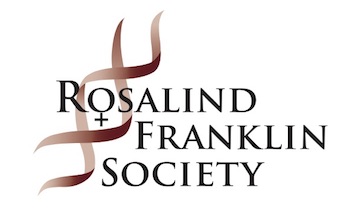|
Dear Colleagues,
I am pleased to include another issue of RFS Briefings with some timely and encouraging updates on women in science.
Please continue to share important news and opportunities with us so that we may share it with you, and others who are committed to supporting the careers of exceptional women in science.
Stay safe and sound,

Karla Shepard Rubinger
Executive Director
Rosalind Franklin Society
www.rosalindfranklinsociety.org

Chien-Shiung Wu’s work defied the laws of physics.
Chien-Shiung Wu flouted gender and racial barriers and eventually came to be known as the “first lady of physics.” Despite how frequently she experienced discrimination throughout her career—during which she won every award in the field except the Nobel—Wu didn’t stop researching until her retirement in 1981. Read more.
Why menopause matters in the academic workplace.
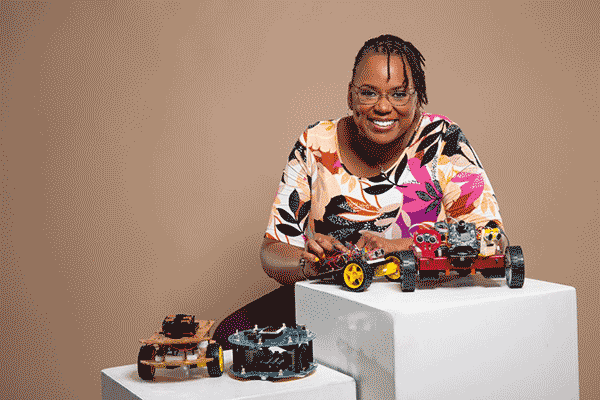
Half of the world’s population can expect to experience menopause. Yet, most workplaces don’t see menopause — and the mental and physical changes that accompany it — as something they have to support. And many women are reluctant to speak out for fear it might lead to them being labelled as problematic. Read more. Image: Menopause hit electrical and computer engineer Carlotta Berry “like a steam truck”, and now she counsels younger colleagues experiencing it.Credit: Haley Rose Photography.
New HHMI program pledges $1.5 billion for outstanding early career faculty committed to diversity, equity, and inclusion.
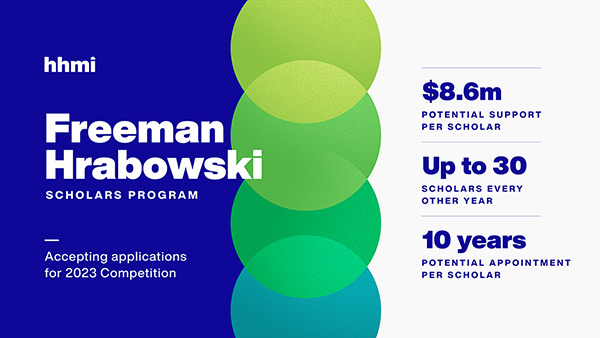
HHMI, part of our Council of Academic Institutions, has launched a $1.5B program designed to build a more diverse scientific workforce by supporting early-career basic biomedical researchers, including physician-scientists. Over the next 20 years, HHMI expects to hire and support up to 150 early career faculty as Freeman Hrabowski Scholars – appointing 30 Scholars every other year for the next decade. Read more.
The pandemic is our chance to fix the Black women in STEM gap.

Black women are now the most educated group in the United States, but they remain woefully underrepresented in science, technology, engineering and mathematics (STEM) fields. The COVID-19 pandemic is our chance to repair this gap. Read more. Image by (WOCinTech Chat / Flickr).
Biochemist Marie Maynard Daly uncovered what makes us tick.
Crack open any high school science textbook, and it’ll likely contain a few basic concepts of human biology. What you likely won’t find is a reference to the American biochemist Marie Maynard Daly, who contributed fundamental research to these ideas throughout her prolific career. The omission is neither a surprise nor an accident. Daly, a Black woman, was underappreciated for much of her professional life, which spanned from the 1940s to 1986. Read more.
Racial and economic barriers kept Carolyn Beatrice Parker from realizing her full potential.
All too often, even in 2022, Black students are interpreted through a deficit model: Academic institutions assume that we’re underprepared and that our families are unfamiliar with such work. Read Carolyn Beatrice Parker’s CV in the context of her family’s achievements, however, and it’s immediately apparent that she represents an example of what’s possible when intellectual success is expected and the resources to achieve it are provided. Read more.
Esther Lederberg changed our understanding of how bacteria breed.
On December 10, 1958, microbiologist Esther Lederberg stood next to her husband. Clad in a pale, floor-length gown, clutching a small purse in gloved hands, she gazed unsmiling into the camera. Joshua Lederberg had just won a Nobel Prize in Physiology or Medicine for his discoveries in bacterial genetics. Read more.
How academic institutions can help to close Wikipedia’s gender gap.
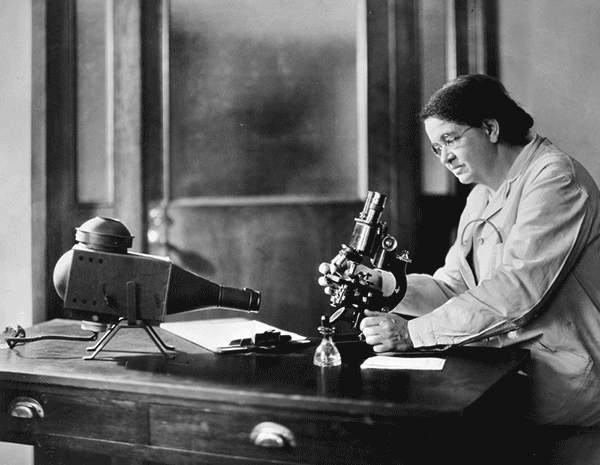
Since 2018, 500 Women Scientists, a grass-roots advocacy organization of which we are all members, has run more than 30 Wikipedia edit-a-thon sessions — workshops in which Wikipedia experts and novices come together for a guided crash course on the website and a few hours of focused editing. Read more. Image: Physician Florence Sabin was a pioneering woman in science.Credit: Granger Historical Picture Archive/Alamy.
Jocelyn Bell Burnell discovered pulsars, but someone else won the Nobel.
Jocelyn Bell Burnell, a doctoral student in astronomy at Cambridge University, was plowing through the massive set of cosmic data from a radio telescope when she spotted something peculiar: a series of spikes in relative brightness. She’d discovered the first known pulsar—a rotating neutron star that emits beams of electromagnetic radiation out of its magnetic poles, akin to a lighthouse spinning its beam. Read more. She spoke at our 2020 RFS year-end meeting. Check her out here.
Marilyn Fogel, Biogeochemist and “Isotope Queen,” Dies at 69.
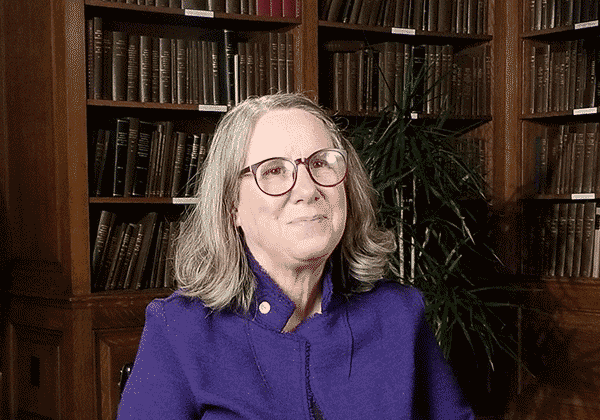 Photo by Natasha Metzler / Carnegie Institution for Science Photo by Natasha Metzler / Carnegie Institution for Science
“Driven by her deep curiosity about nature, she fearlessly pursued new knowledge by developing novel methods to probe isotopic and geochemical phenomena across a broad range of disciplines,” Eric D. Isaacs, president of the Carnegie Institution for Science, says in an announcement about Fogel’s death. Read more.
Science in Africa: ‘The world needs science and science needs women’
Doreen Anene and Stanley Anigbogu launched separate initiatives to promote science careers to young girls and women in Africa. Anene, a final-year animal-science PhD researcher at the University of Nottingham, UK, says her mother struggled to get a teaching job in Nigeria because she did not have a science background. Her experience inspired her to set up The STEM Belle, a non-profit organization in Nigeria. Anigbogu, a storyteller and technologist, founded STEM4HER after meeting a young girl at a science fair. She told him that her mother thought that careers in STEM (science, technology, engineering and mathematics) were for boys, not for her. Read more.
In Her Own Words: Jen Colvin works to diversify STEM pipeline.
The impact of the pandemic on education as well as the disproportionate setbacks to underprivileged students have been well-documented. But even before Covid, Jen Colvin was devoted to bringing equity to education, especially in the areas of science, technology, engineering and mathematics (STEM). Read more.
Gladys West’s mathematical prowess helped make GPS possible.
A retired naval mathematician, West spearheaded a mathematical model of the Earth’s size and shape (a.k.a., a geoid), which is an essential layer underpinning today’s GPS networks. Since their launch in 1978, satellite navigation systems have touched nearly every aspect of both private and public life on Earth—from emergency response and power grid systems to turn-by-turn navigation and stock exchange timing. West’s contributions, however, were unknown to the public for nearly 40 years. Read more.
Marianna Limas, Social Media Manager
Nilda Rivera, Partnership and Events Manager
|
